In our past travel adventures, we have never done a lot of spelunking even when visiting destinations that are quite well-known for a cave or two. The Camotes Islands though, would prove to be an exception. There are at least 8 known caves in this island group and one would be foolish not to visit just even one.
Bukilat Cave
The first stop of our 2-day tour of the island was this cave. Located in Tudela town, Poro Island, Bukilat Cave is about 30 kilometers or more than an hour’s drive away from our resort – the Santiago Bay Garden and Resort. It is also situated at the easternmost end of Poro Island and the drive here took us through scenic views of the Poro coast along with its well-preserved mangrove forests.
Bukilat Cave is the largest of its kind in Camotes and one of the islands’ most popular tourist spots. After paying the P50 entrance fee, we descended a concreted stairway that led to an enormous chamber of stalagmites, stalactites, and other rock formations.
Unlike the rest of the caves in Camotes, Bukilat has no need for manmade lights to help visitors navigate its environs. Near the end of the huge chamber are two openings in the ground which allow light rays to break through and illuminate the cave. Trees on the ground up are actually visible from inside the cave. The cave interior struck us as resembling that of a cathedral. And indeed, during the 1970s, Catholic masses were once celebrated inside Bukilat.
A tidal pool of brackish water ran along the center and almost the whole length of the cave. The water level inside Bukilat rises and lowers depending on the tides – this cave is apparently connected to the Camotes Sea which is not too far away. At the time that we entered it was barely ankle-deep. Photos of Bukilat elsewhere showed turquoise-colored water that was knee-deep.
So, if visiting this cave, make sure you do so at high tide when the water level here is at its highest. (Unfortunately, we only realized this during the time of our visit.) No need to fear if you are not a strong swimmer, however. The maximum water level here is probably no higher than knee-deep.
Paraiso Cave
We had planned to visit a minimum of 3 caves in Camotes, spread out over 2 days. But at the pace we achieved during our 2-day tour, we realized we could add only one more cave. Enter Paraiso Cave in San Francisco town.
This cave is located about 10 kilometers or a 20-minute drive from the Santiago Bay Garden and Resort. It is the most developed of all the caves in Camotes so it did not surprise us that we had to pay a P100 entrance fee. A resort and a restaurant had been built around this cave with souvenir items up for sale. This underground cave is equipped with a concrete stairway, sturdy handrails and lamps for better accessibility.
Paraiso Cave lies deeper below ground than Bukilat Cave and it takes about 5 minutes to make the descent from the entrance down to its freshwater pool. It is more claustrophobic than Bukilat and much warmer due to lack of ventilation. But its deep and cold turquoise pool will tempt you to make the plunge to fight off the humidity inside the cave.
The colorful pool is about five feet deep but is so clear that you’ll actually think it is just a foot deep. Some folks say the water is at its deepest during high tide but this is freshwater meaning the source is from an inland river, stream, or groundwater. Paraiso Cave is located much farther inland and probably has no connection whatsoever with the sea.
Other Caves
We had been looking forward to also visiting Heaven Cave which is less than 3 kilometers away from Paraiso Cave but had to pass that up. It is not as popular as Bukilat and Paraiso Caves but becomes a nice swimming hole during high tide (this cave is located closer to the sea).
Amazing Island Cave was initially on our list with a bigger pool in which to swim. It also lies very close to Paraiso Cave – less than 2 kilometers away. However, we learned from our multicab driver that the narrow and tight entrance to this swimming hole can fill up with water during high tide – as much as above head level for our friends. They do provide life vests, however, and you can actually snorkel in the pool.
Timubo Cave up north in San Francisco is the least developed of the caves in Camotes. It’s also very unassuming with just a hole in the ground as its entrance. Although lighted, the trail going down is somewhat dark and foreboding and takes about 10 minutes to navigate but it leads to a pool of crystal-clear water where visitors can snorkel.
Our inability to visit many more caves just reinforces our growing preference for “slow travel.” We are now thinking of spending more time to visit destinations and not just to enable us to see more scenic spots and spend more time in them. The idea is to be able to immerse ourselves more in the local culture and interact with the locals, something that we experienced to some degree with our multicab driver Arman and his family and a few other locals. And similar in many ways to to a trip that we did in Masbate 4 years ago where we reached out to a local community in a far-flung area there. Hopefully…
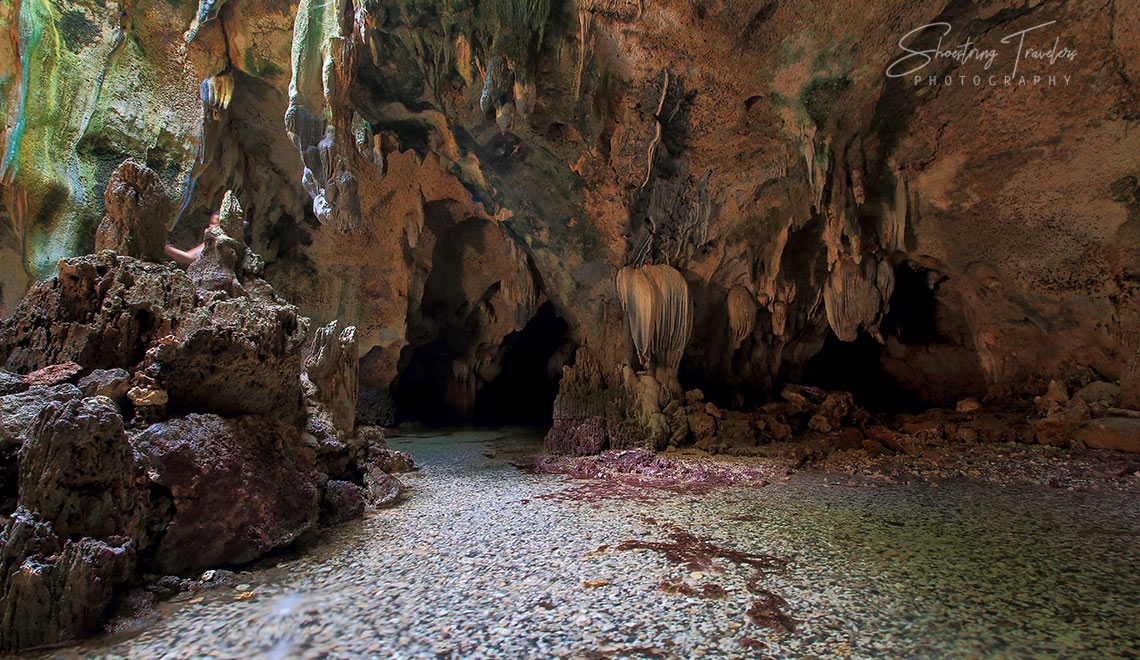
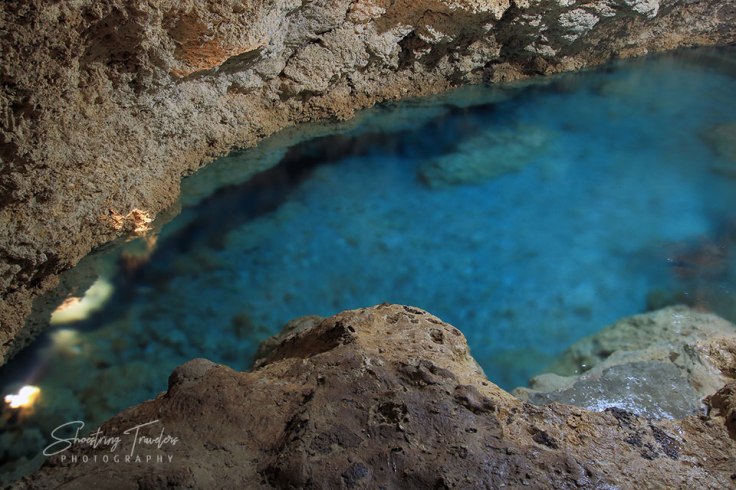
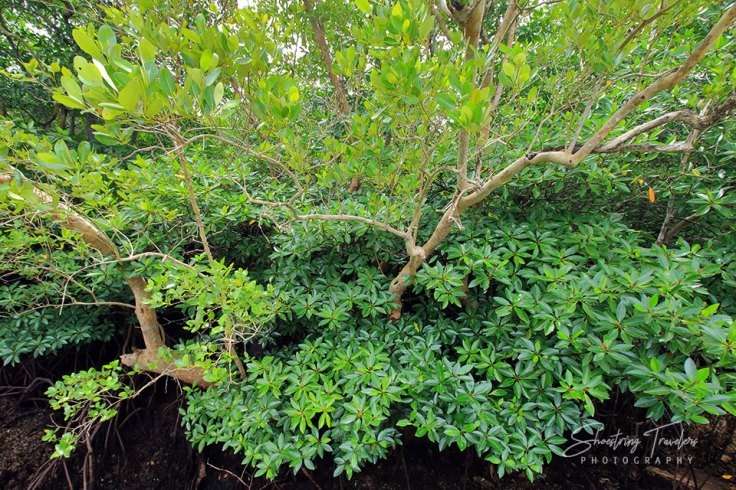
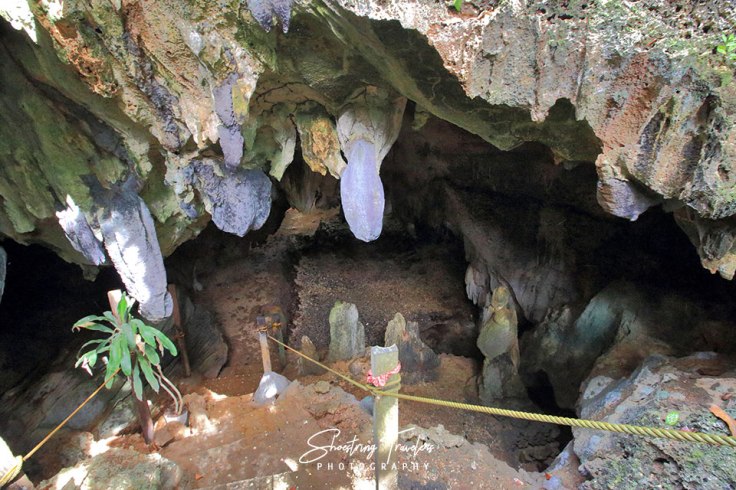

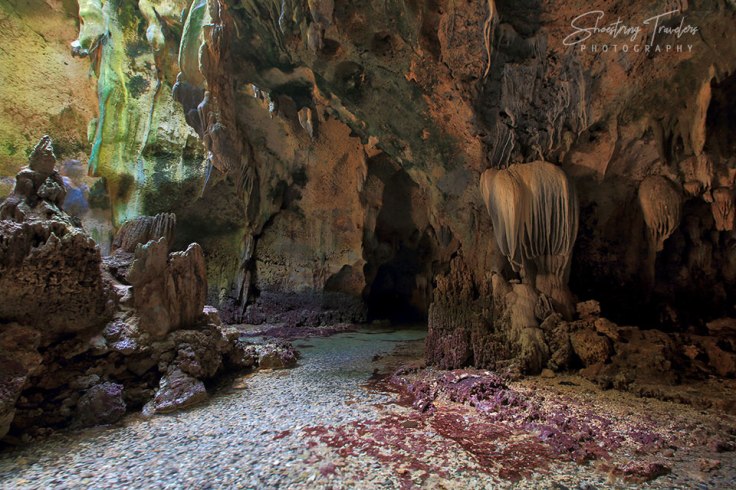
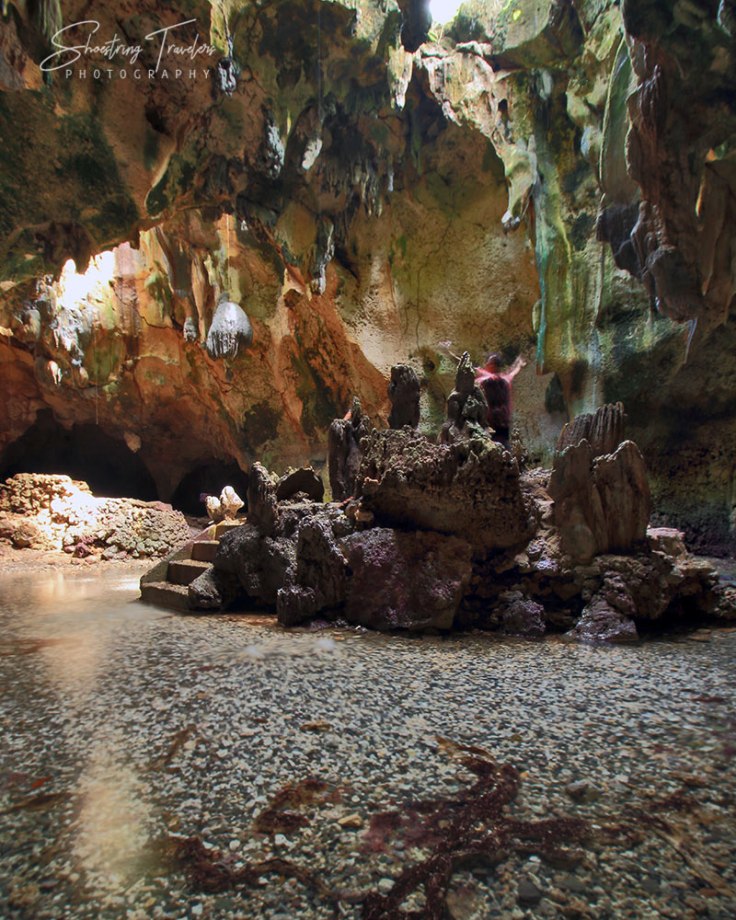
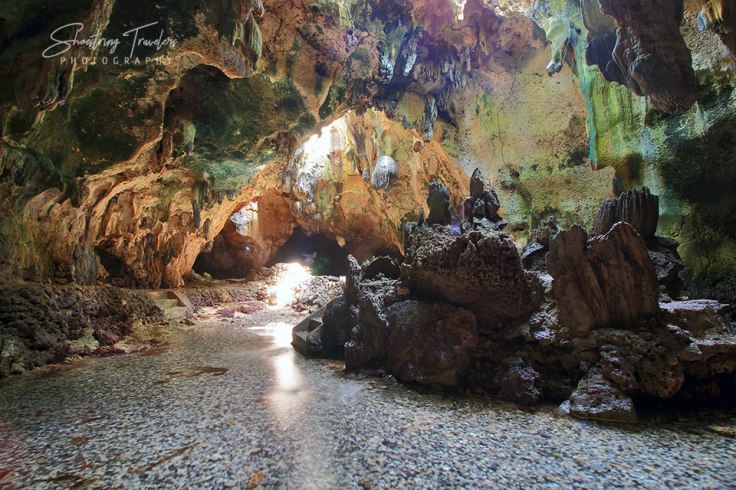
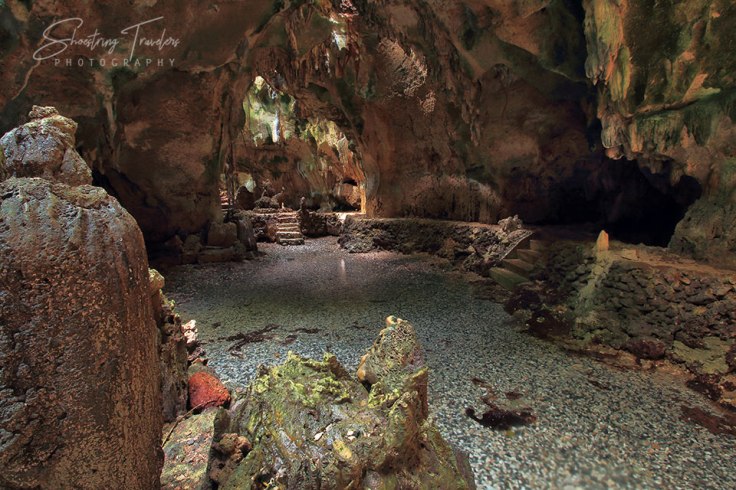
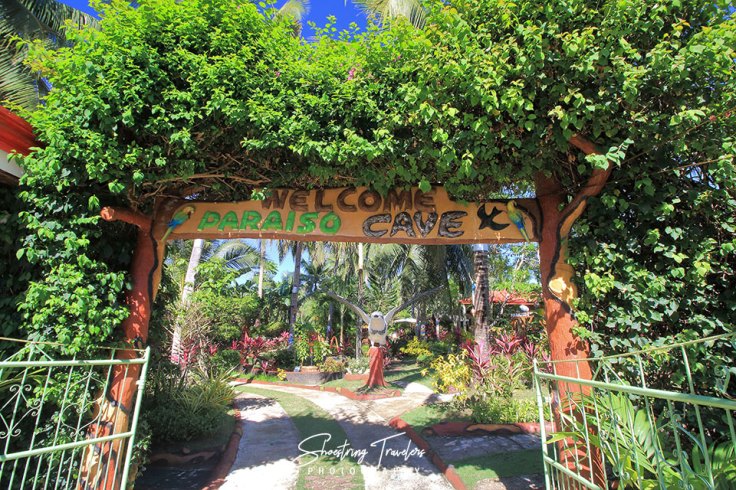
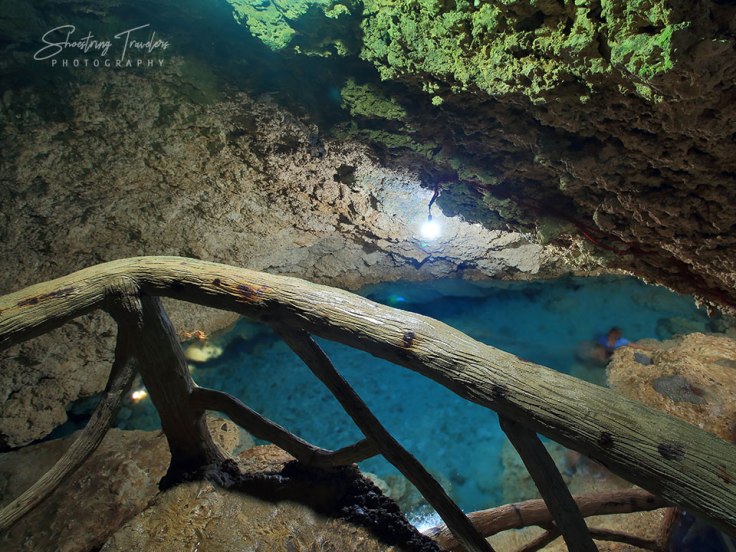
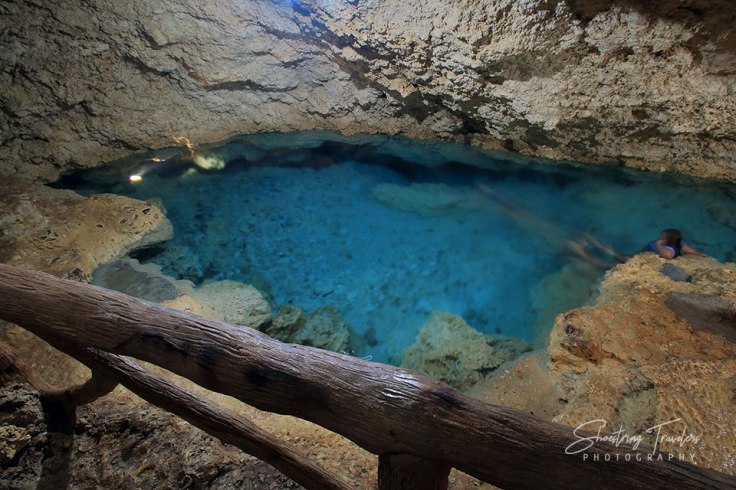
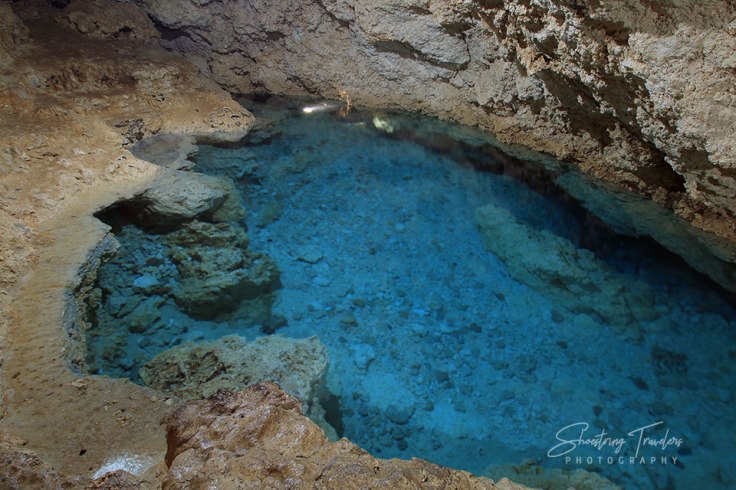











Wow! These are great shots! The caves specially – did you use flash or just long exposure?
Thanks! I used long exposure shots for all the cave interior photos. Flash is not allowed inside the caves. (Leo)
Thanks for the info. Great results.
The colour of the water in Paraiso cave is gorgeous!! Maggie
Thanks! The other cave also has the same water color during high tide but unfortunately we were not able to time our visit to catch it.